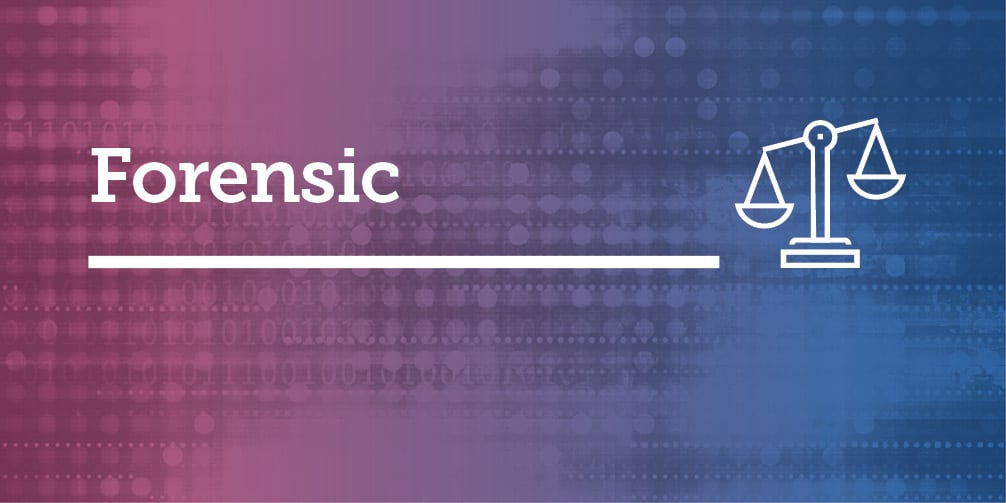Featured Article
Article Title
Exploration of the barriers and enablers of benzodiazepines deprescribing in prisons: A qualitative study among health and social care professionals
Authors
Marion Bonsergent- CHU Nantes, Pharmacy, Nantes University, France
Justine Saillard- CHU Nantes, Pharmacy, Nantes University, France
Jean-François Huon- CHU Nantes, Pharmacy, Nantes University, France; INSERM, MethodS in Patients- centered outcomes and Health Research, SPHERE, Nantes, France
Sonia Prot-Labarthe- CHU Nantes, Pharmacy, Nantes University, France; Inserm, ECEVE, Paris Cité University, Paris, France
Abstract
Background: The prison environment is a place of high consumption of benzodiazepines (BZDs) due to the anxiety and sleep disturbances, mental disorders, detoxification and trafficking.
Objective: The study aims to explore experiences of health and social care professionals on the use of BZDs in prisons, as well as the barriers and enablers to their deprescribing.
Method: Semistructured individual interviews with professionals working in a prison setting were performed between March and April 2022, based on an interview guide. They were recorded and transcribed using the NVivo software. A qualitative analysis using an inductive approach based on a thematic analysis was performed.
Results: Sixteen health professionals were interviewed, including psychiatrists, general practitioners, nurses, pharmacists, psychologists, musicologists and pharmacy technicians. The identified barriers to deprescribing BZDs were problems of coordination between prescribers, lack of time and alternatives. Concerning the enablers, therapeutic education groups, staff's awareness of the irrelevance of some medication and multi-professional advice were identified.
Discussion: This study highlights the similarities in deprescribing difficulties between prison and other settings. Some of the levers identified in our study have shown their effectiveness in different settings.
Conclusion: Deprescribing is done most of the time in good conditions but requires an additional delay compared to the outside environment.
Keywords
benzodiazepines, deprescribing, prison, qualitative research
Summary of Research
“Benzodiazepine-receptor agonists (BZDs), including benzodiazepines and drugs related are among the most commonly prescribed psychotropic drugs in clinical practice worldwide…
…However, the overuse of BZDs is a major public health concern. These drugs can cause numerous adverse effects: physical and psychological dependence, confusion, drowsiness, memory loss, learning and concentration disorders. The risk of dependence increases in people with psychiatric or addictive disorders, affecting up to 50% of them…In light of this, the French health authorities have been implementing measures to improve the proper use of BZDs by limiting their use over time, and encouraging their reduction via deprescribing guidelines.
However, these guidelines are poorly followed and BZD consumption has not decreased during the past years…Deprescribing is defined as a process of dose reduction or discontinuation of a treatment that is no longer of benefit or is likely to harm the patient. BZD deprescribing regimen is a gradual reduction of doses in collaboration with the patient, and deprescribing guidelines have been published in other countries to help health professionals implementing drug reduction…Moreover, it has been shown that long-term prescription of BZDs in the prison population increases the percentage of re-incarceration…This has been explained by the possibility that these drugs may be triggers for aggressive behaviour in some patients, especially when combined with alcohol. Limiting BZDs consumption is necessary, and identifying barriers and enablers is an important step in facilitating deprescribing…
…The aim of these interviews was to explore the perceptions of the professionals on the use of BZDs and to identify the determinants of their deprescribing…
…The prison in which the study took place was one of the 10 largest prisons in France…all health and social care professionals working or having worked in a local prison were included: general practitioners, psychiatrists, medical interns, nurses, musicologists and psychologists…Pharmaceutical staff (pharmacists and pharmacy assistants) involved in the supply circuit and the pharmaceutical analysis of these patients' prescriptions were also included. Therefore, with several sections with different lengths of incarceration and multiple specialized medical services (addiction treatment, psychiatric day hospitalization), it was possible to study a wide range of practices, in order to explore the enablers and barriers of deprescribing BZD in a prison population” (p. 29)
“… A phenomenological approach was employed to investigate people's perceptions…. Thematic saturation was reached when no additional issues were identified, data began to repeat, and further data collection became redundant, as developed by Kerr et al…
…During the interviews, the professionals described the large number of BZD prescriptions in prisons” (p. 30).
“Quantitative importance was mentioned by all participants in response to the question “how would you feel about the use of BZDs?”. It was based on two factors: on the one hand, the number of patients treated with BZDs and, on the other hand, the strong dosage of certain medications… This permanent presence in the prison environment contributed to trafficking and exchanges between prisoners…
…The patients were described as “seekers,” a term that was used in eight interviews. They came to seek a medicinal solution in care, which they saw as trivial but essential to their situation. For them, it was a necessary source of appeasement in which they sought an immediate effect. The doctors felt a tension when it came to addressing these issues. They mentioned a conflict, a power struggle and difficulties in the therapeutic alliance…
…In short sentences, BZDs were described as much more problematic than long sentence because of an extremely high initiation rate…” (p. 31).
“For the professionals, it was a compromise; agreeing to prescribe in response to a request and facilitating the care relationship, in order to create a relationship of trust. The challenge was then to succeed in stopping or reducing the treatment. They mentioned the importance of finding with the patient a way to evacuate their anguish, a project for the future allowing to initiate the decrease. For others, the deprescribing could be based on a written contract of care at the beginning of the process, which would facilitate their reduction and introduce them to other modes of care” (p. 32- 33).
“Prescribers face similar difficulties to those in the ambulatory setting, except that the particularity of the population and the prison context can exacerbate certain difficulties. In this setting, deprescribing requires longer treatment times, often incompatible with the length of incarceration. As perspectives on deprescribing, the participants envisage other modes of care to get away from the pressure brought on by medication, such as group workshops and multi-professional interventions” (p. 37).
Translating Research into Practice
“…Alternative medications did not have the same advantages as BZDs, including speed of action and effect. Cyamemazine, hydroxyzine and antidepressants such as mirtazapine were mentioned by seven prescribers as alternatives used routinely” (p. 35).
“Group work would allow for a discussion of treatments while moving away from the power struggle and the tension that can exist in the patient-doctor relationship…
… A partnership between doctor and nurse was also envisaged in the same perspective. According to the professionals interviewed, professional plurality would allow for a pooling of skills and a better approach to the patient…
…The issue of release from detention was discussed as a potential enabler for deprescribing. Three participants considered that it was a suitable time to reduce doses and work on treatment management. For others, on the contrary, it was not the right time, because of the anxiety generated…
…Multidisciplinary collaboration and the importance of communication between prescribers are other enablers of deprescribing identified. The areas of improvement mentioned by the participants relate to therapeutic education, group work, and occupation, demonstrating the importance of moving away from a binary relationship. According to the participants, the difficulty lies in the fact that patients have an altered relationship with care and medication, which results in a relationship of trust which is difficult to acquire” (p. 36).
Other Interesting Tidbits for Researchers and Clinicians
“…The rate of initiation is higher in the prison setting, but that BZD prescriptions decrease after 3 months of detention. The reasons that could explain this difference are described in our interviews: prison shock, distress linked to the situation and conditions of incarceration. Several studies have questioned prisoners about their vision of access to treatment and psychotropic drugs and have found a negative image of treatment and overly systematic prescriptions…
…it was described that over standardized decreases, without flexibility, could lead to a risk of failure in patients. One of the consequences of the deprescribing of BZDs was a deterioration in the patient–practitioners relationship. To avoid that, shared decision making, patient empowerment, care contract, information and time for reflection could be ways to improve and protect this relationship. In addition, non-pharmacological support and CIPT could be efficient enablers. Recommendations to improve patient willingness to reduce BZD use have been studied primarily in the elderly. Educational intervention and patient empowerment brochures promote conversation with the prescriber to improve BZD deprescribing rates” (p. 36).
Additional Resources/Programs
As always, please join the discussion below if you have thoughts or comments to add!





























